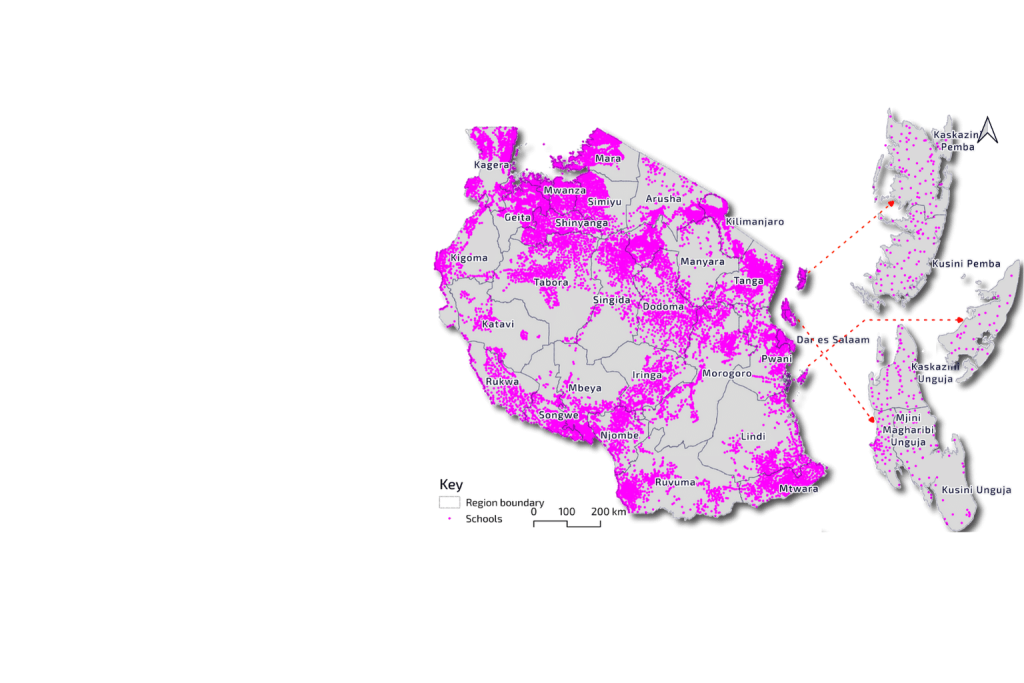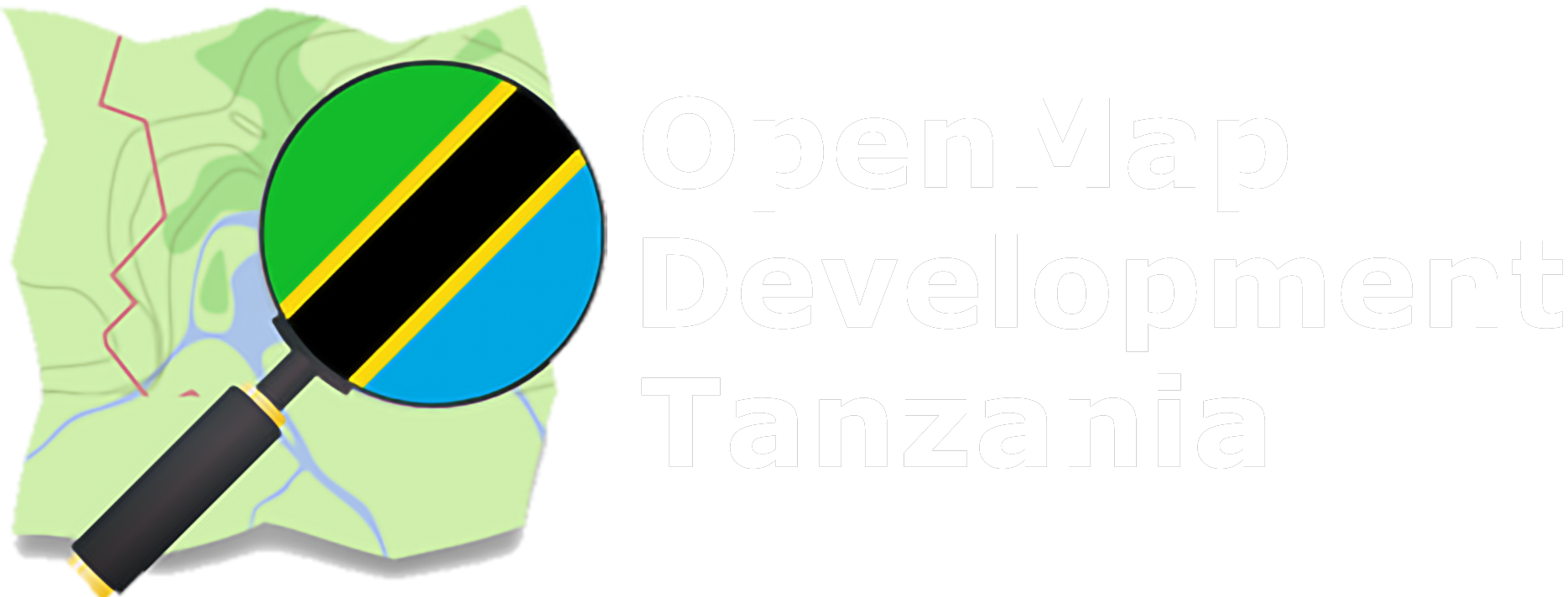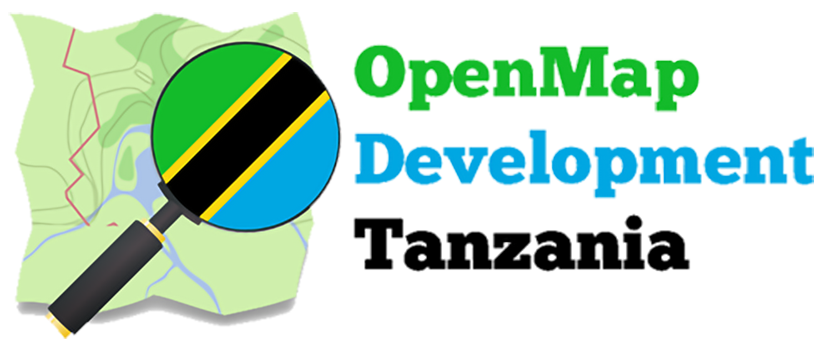
The nationwide school census and mapping for the school feeding program in pre and primary
schools in Tanzania was a significant initiative that aimed to collect important data on the feeding
status of public pre and primary schools across the country. The primary objective of this study
was to collect datasets and provide a comprehensive overview of the state school feeding status
and nature of provision in pre and primary schools.
To achieve this objective, open-source tools and a community mapping approach were utilized
to collect data from 17,708 public pre and primary schools across 31 regions Mainland Tanzania
and Zanzibar. A total of 885 community mappers were recruited, trained, and deployed to
conduct the mapping exercise. This exercise collected information on the number of students,
existing feeding programs, frequency of feeding, and types of meals provided. It also
explored/observed the status of cooking infrastructure, students’ access to water and electricity,
and other relevant school health and nutrition information in those pre and primary schools.
The findings of this survey show that only 52% of schools had meal programs while 47.5% did
not. Of those with meal programs, 66% served the entire school, while 34% only served specific
classes such as exam classes. The data showed that 85.5% of schools provided food every day
of the week, with porridge being the most common food provided. The study also found that the
main sponsors of school feeding programs were parents/guardians, contributing 77% of the
sponsorship, followed by the schools themselves at 14%. In terms of food sources, parents
contributed 67.5% of the food, while school farms and purchases contributed 23% and 7.5%,
respectively.
The report provides valuable insights into the state of school feeding among pre and primary
schools in Tanzania, highlighting the need for more food supplies to cater to the entire school
population as well as the importance of establishing sustainable feeding programs in schools.
An interactive web map has been developed for decision-makers, which contains all the details
on the feeding status of each pre- and primary school. This web map will be a very useful tool for
the government, development partners, and other stakeholders in the country to make informed
decisions on how best to address the feeding status of pre- and primary schools.

